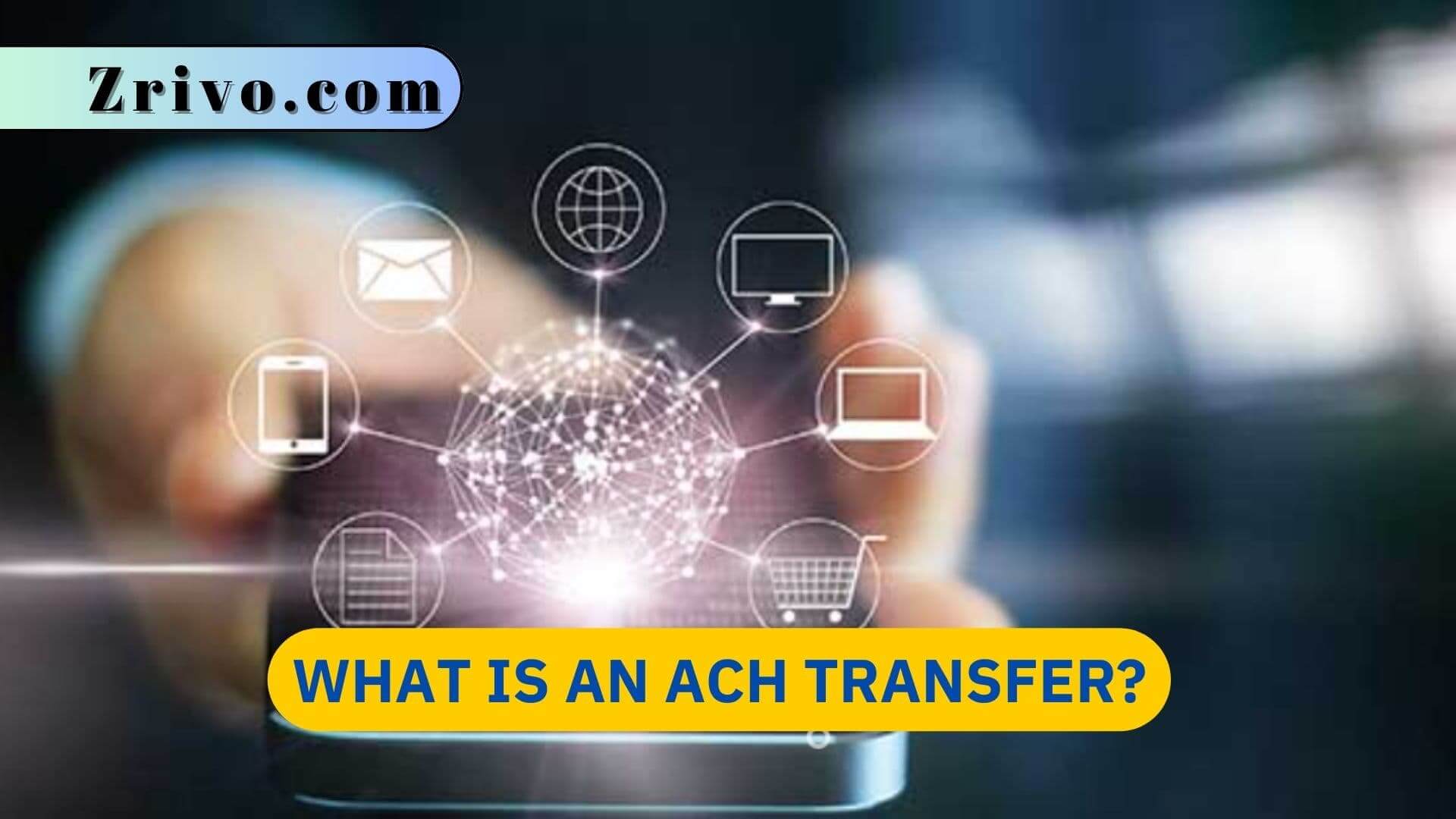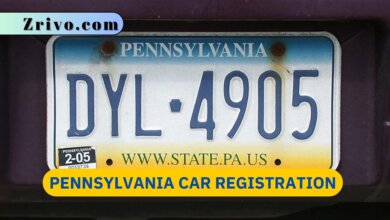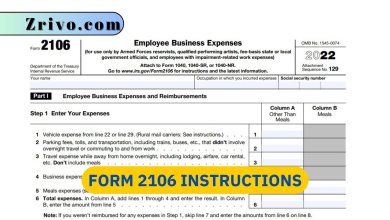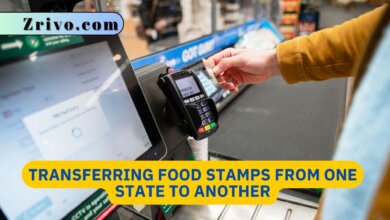What is an ACH Transfer?
ACH transfers are one of the most popular ways to send and receive money online. From bill payments to direct deposits, ACH transfers are used by millions of people every day.

An Automated Clearing House Transfer (ACH transfer) is an electronic payment that takes place over the Automated Clearing House network. It can be used for everything from recurring payments to direct deposits. ACH transfers are typically faster and cheaper than sending money by check or using a credit card. They can also be more secure than using other methods like wire transfers.
ACH transactions take a few days to process because the ACH network processes them in batches. This means that the transaction data file must travel to the originating bank, the clearing house, and the recipient’s bank. The receiving bank’s policies and schedule then determine when the funds will be available to the recipient.
There are two types of ACH transfers: debit and credit. Debit ACH transfers, or pull payments, allow the ACH network to withdraw money from a sender’s account, while credit ACH transfers (also known as push payments) deposit funds into a receiver’s account. Most recurring payments, such as subscriptions and general bills, are ACH debit transactions, while payroll and government benefits are usually ACH credit transactions.
Social payment apps, such as Venmo and Zelle, use the ACH network to send money between accounts at different banks. These apps offer a fast, simple, and secure way to send money to friends and family. They also help prevent money laundering and phishing by helping to verify the identity of the people you’re transferring funds to.

How to Do an ACH Transfer Instantly?
ACH payments are an efficient way to move money between banks. They are also secure and more reliable than certified checks or cashier’s checks. However, ACH transactions can take longer than other types of payments. This is largely since the ACH network processes payments in batches. This can be problematic when multiple steps need to be completed quickly.
When a person or business sends an ACH payment, the bank verifies that the information is correct. The financial institution will submit the ACH transaction to the ACH network if everything is correct. Once the transaction is in the ACH network, the receiving bank will process the payment and credit the recipient’s account with the funds. Typically, this step takes one to three business days.
Fortunately, there are ways to speed up ACH processing times. For example, you can use a payment processor that offers same-day ACH transfers. This can help you avoid delays and save on processing fees. Additionally, you can minimize the chance of a delay by submitting ACH transfer requests early in the day.
To avoid errors and delays in processing, the ACH network requires that all RDFIs (recipient financial institutions) verify the accuracy of each incoming ACH transaction. This verification is done through the use of return codes, which are three-character messages that notify a participating ODFI that a transaction was unsuccessful or failed to complete for any reason.

Is PayPal an ACH Transfer?
As you may have guessed from its name, PayPal is an online payment platform. This means it uses the Automated Clearing House (ACH) network to move money between bank accounts for payments and other purposes. ACH is used for things like direct deposits, debit card transactions, and online bill pay. Typically, these transfers take place a few times a day on business days. However, ACH has been pushed to be made instant in recent years. Some banks now offer same-day ACH transfers for certain types of payments, including bills and payroll.
Whether or not you can use an ACH transfer to send funds to PayPal depends on your bank’s policies. There might be per-transaction limits, daily or monthly limits, or other restrictions. You can usually find these details on your bank’s website.





